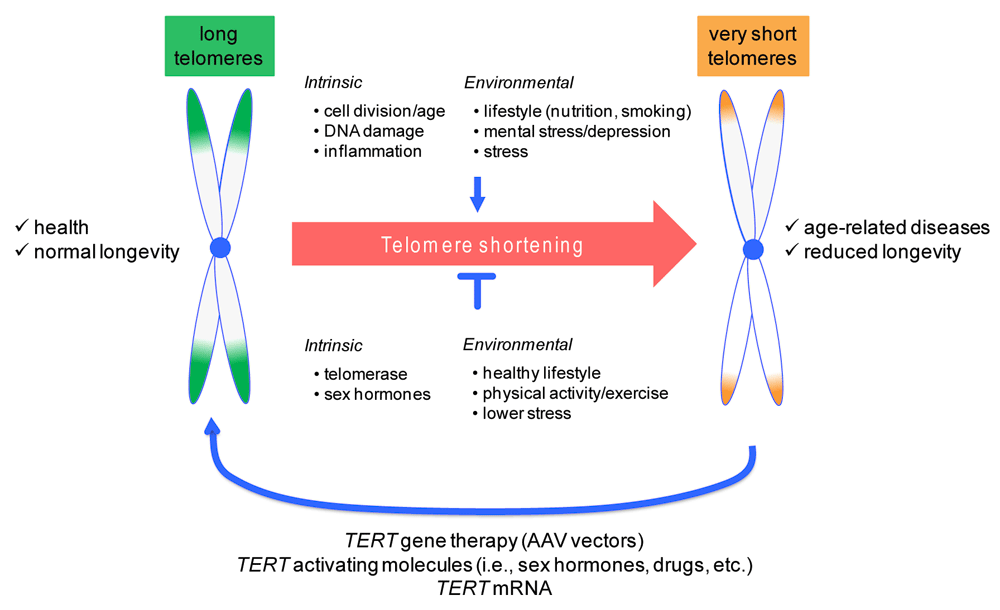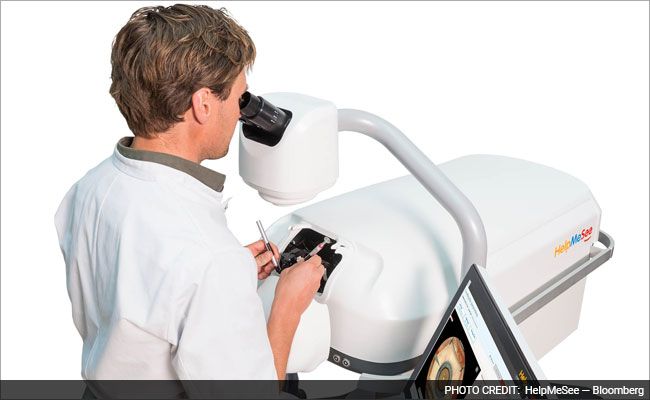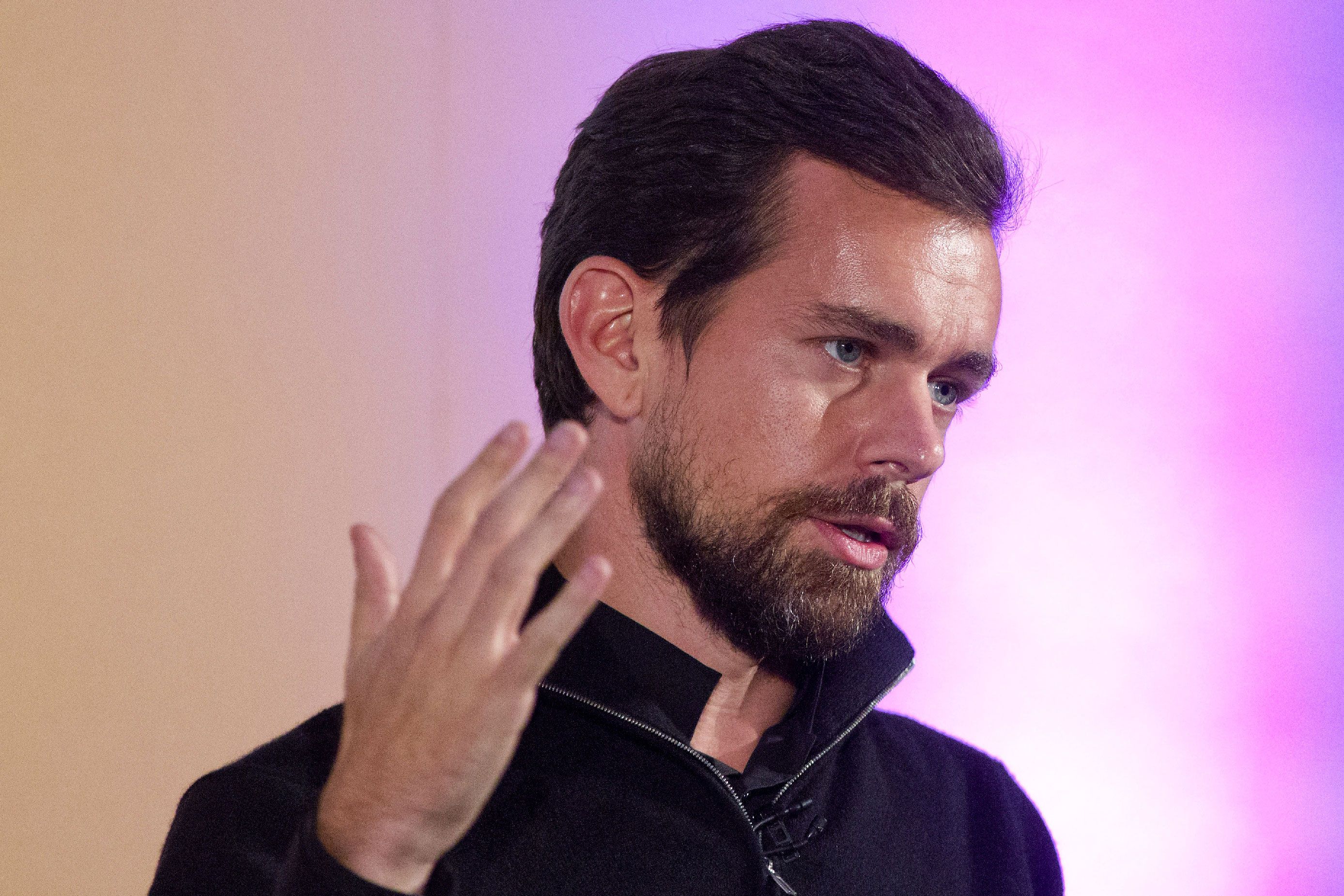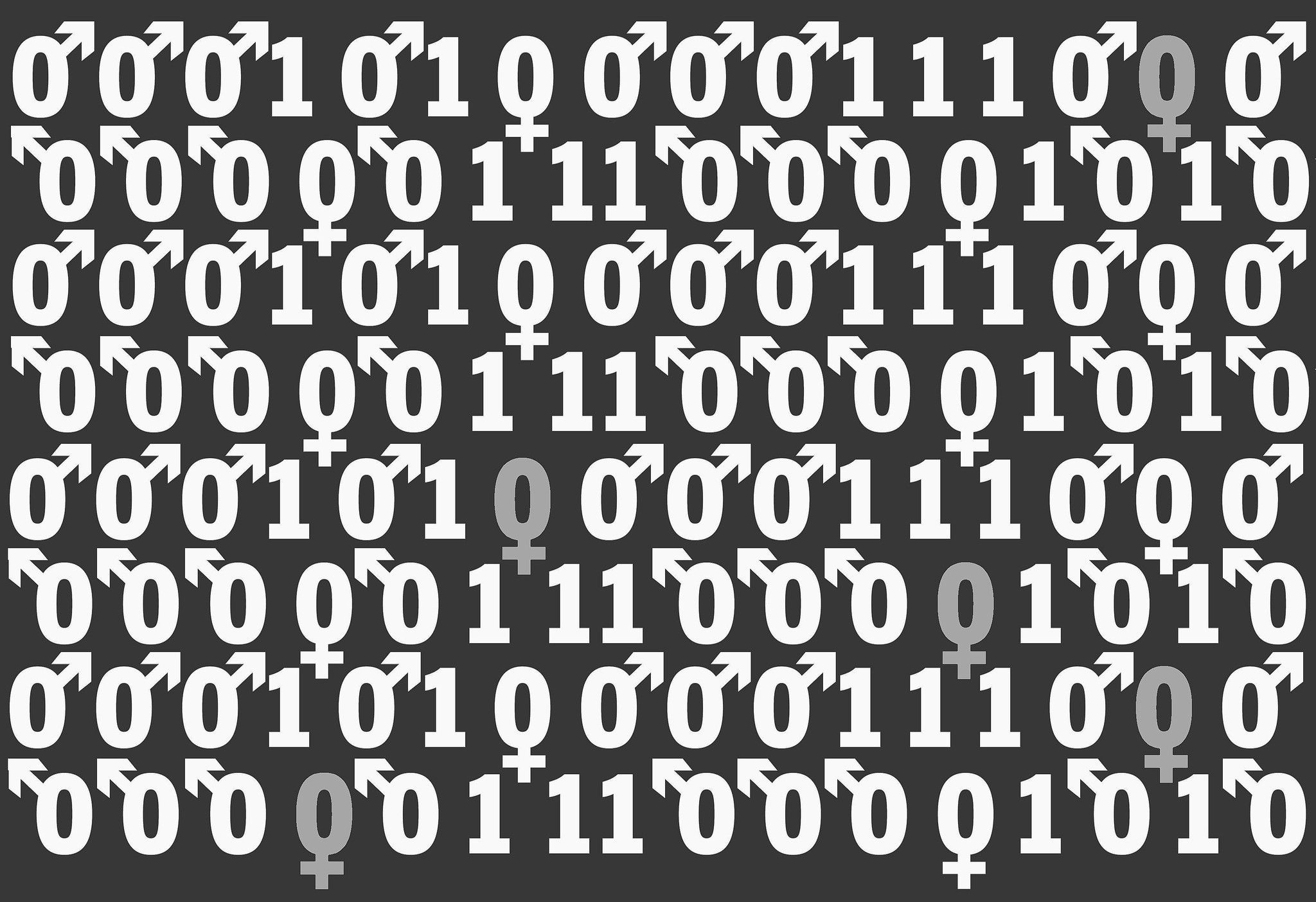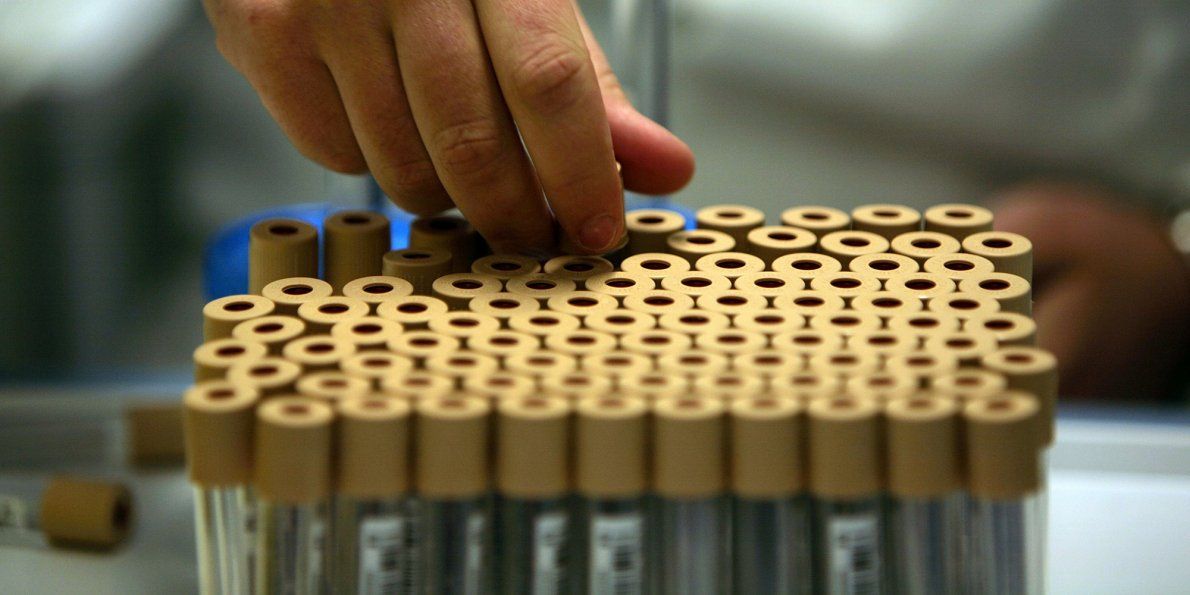Further progress with telomeres by Maria Blasco which clearly demonstrates the link between telomeres and aging and why they are a primary “clock”.
“These findings suggest that it is the ability of different species to maintain telomeres rather than average telomere length per se that may be determinant of species longevity”
So if we maintain telomeres (either directly or by repairing the cause of that damage) as many biologically immortal creatures do could we expect to see life extension? So far in animals tested that answer is yes! Its not the only thing that needs to be addressed to combat aging but it looks like an important one.
Read the latest article version by Christian Bär, Maria A. Blasco, at F1000Research.
